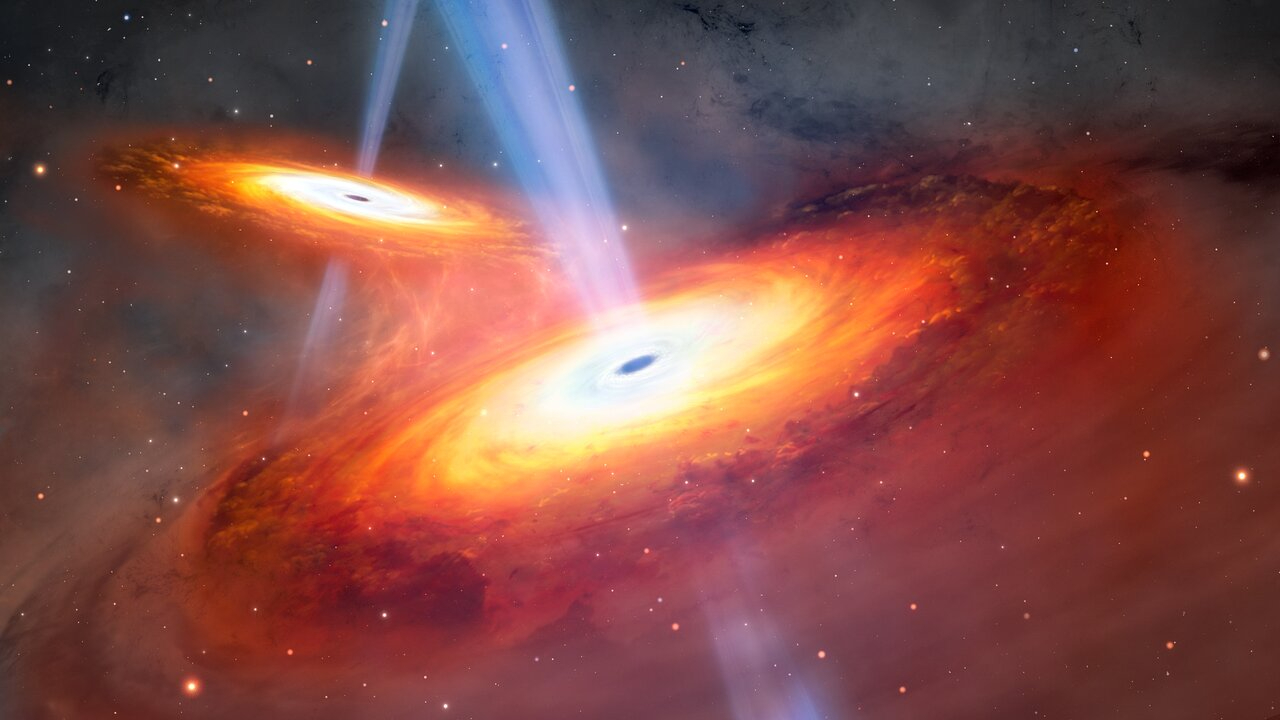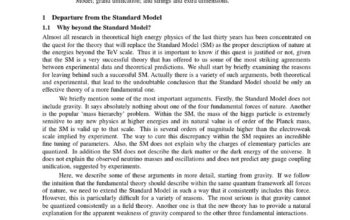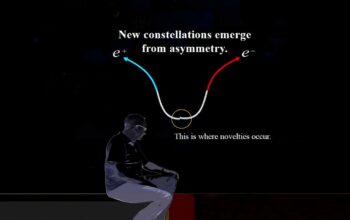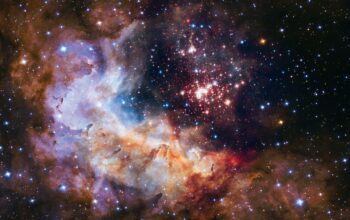The universe, in its primordial state shortly after the Big Bang, was a tumultuous amalgamation of radiation and particles. As it expanded and cooled, structures began to emerge. One of the most fascinating manifestations of this nascent epoch is the quasar, an acronym for “quasi-stellar object.” These celestial entities, among the first to coalesce in the universe, act as beacons, illuminating our understanding of cosmic evolution. But can the study of these distant and enigmatic objects truly unravel the mysteries of the universe shortly after its inception? This inquiry compels us to delve into the properties and implications of the first quasars.
Quasars are believed to represent a phase in the life of massive galaxies, characterized by the presence of a supermassive black hole at their center. As matter spirals into this gravitational abyss, high-energy phenomena ensue, resulting in the emission of vast amounts of electromagnetic radiation across the spectrum. The energy output of a quasar can surpass that of entire galaxies, making them detectable across immense cosmic distances. Crucially, the light we observe today from these objects often originates from epochs when the universe was merely several billion years old. This temporal aspect introduces significant implications for cosmology and astrophysics.
The existence of quasars in the early universe poses a captivating challenge: how were such massive black holes formed so quickly after the Big Bang? Current models suggest several pathways for their formation. One hypothesis posits that these supermassive black holes formed from the direct collapse of massive gas clouds. Such clouds, under the right conditions, could have undergone gravitational collapse at an unprecedented rate, birthing black holes that subsequently grew by accreting surrounding matter.
Another intriguing concept is the notion of ‘seed black holes,’ which may have formed from the remnants of Population III stars—massive, metal-free stars that are theorized to have existed in the early universe. The explosive deaths of these stars, as they evolved and collapsed, could have led to the creation of black holes that eventually coalesced into supermassive entities. Investigating these scenarios can yield insights not only into the formation of quasars but also into the processes that governed the early universe: structures emerging in an environment heavily influenced by the properties of dark matter and radiation.
Recent observations have unveiled quasars at redshifts greater than 7, corresponding to a time approximately 13 billion years ago, or roughly 700 million years after the Big Bang. This dramatic temporal proximity raises further questions about their formation and the state of the universe at that epoch. The detection of such early quasars, including the likes of J1342+0928, whose brilliance is astonishing, indicates that conditions to facilitate their formation might have been widespread, challenging existing theoretical paradigms.
In addition to their role as cosmic lighthouses, quasars serve as a potent tool for probing the intergalactic medium (IGM). The emitted light from quasars interacts with the hydrogen atoms in the IGM, leading to absorption features imprinted in their spectra. These spectral signatures allow astronomers to infer the density, temperature, and composition of the intergalactic medium, thus providing critical insights into the conditions prevalent during the epoch of reionization—an era when the universe transitioned from being predominantly neutral to ionized.
The study of quasars also offers implications for our understanding of galaxy formation. Observations indicate that quasars reside in massive host galaxies, suggesting a co-evolutionary relationship between the quasar activity and the development of the galaxy itself. The feedback mechanisms between supermassive black holes and their host galaxies—both regulating star formation and influencing the environment—present rich areas of research. Understanding these interactions could illuminate the fundamental processes that underpin galaxy formation and the intricate dance of matter and energy that shaped the cosmos.
However, while quasars illuminate many aspects of the early universe, they also introduce complications. The extreme environments surrounding supermassive black holes yield conditions that may not represent average galaxy behavior. As such, extrapolating findings from quasars to the broader populace of galaxies must be conducted with caution. The interplay of various astrophysical processes remains complex, and the unique properties of quasars may reflect their specific circumstances rather than universal truths.
In conclusion, the first quasars are not just fascinating astronomical entities; they are vital clues that help unveil the enigmatic processes of the early universe. They serve as both cosmic signposts and instruments through which the characteristics of primordial cosmic environments can be scrutinized. The exploration of quasars and the questions they evoke about the nature of black hole formation, the intergalactic medium, and galactic evolution embodies a critical frontier in contemporary astrophysics. As the quest continues to unravel the origins and implications of these enigmatic celestial objects, one must ponder: will the elusive truths of the universe become clearer through the brilliant glow of distant quasars, or do they merely reflect the complexity of cosmic evolution, shrouded in mystery and governed by unforeseen phenomena?












